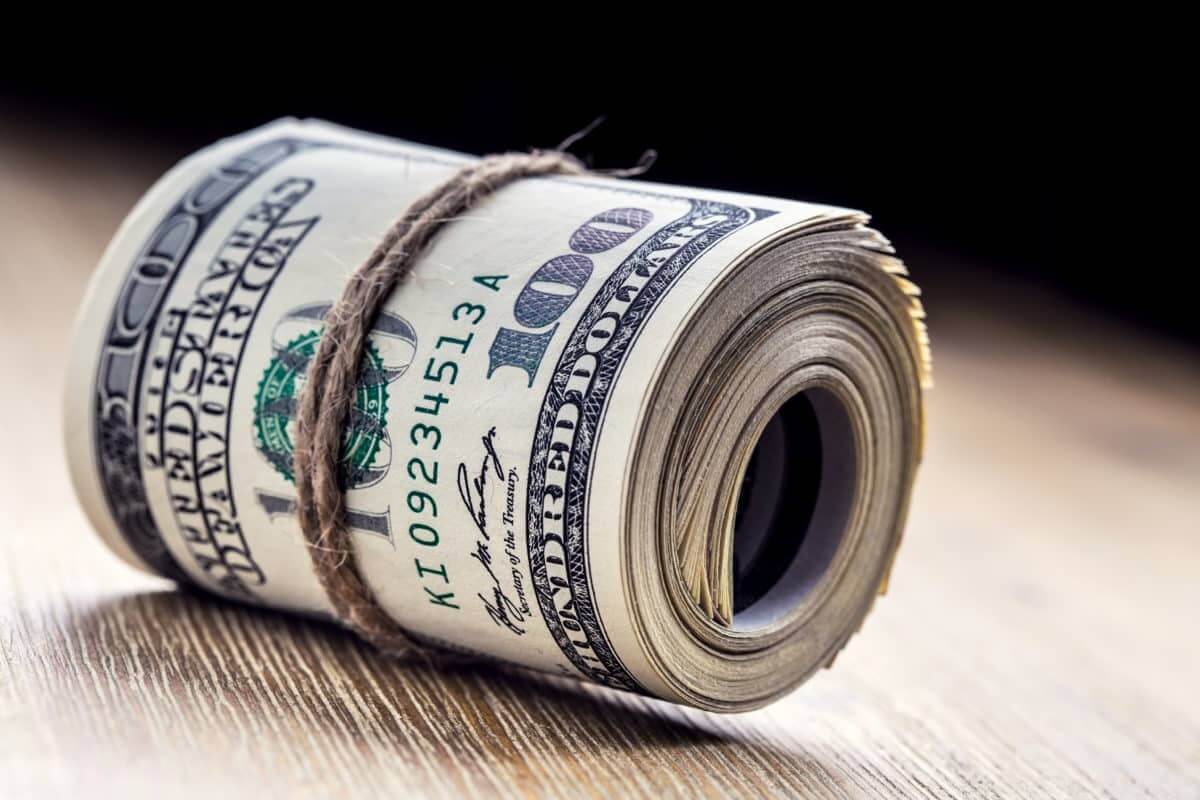
Debt Default: US Dollar Faces Crisis
In a world where financial stability is often taken for granted, an impending crisis has cast a shadow of uncertainty over the global economy. As the United States grapples with the consequences of its mounting debt, a previously unthinkable scenario is unfolding—one that could potentially shatter the pillar of global financial stability, the US dollar.
Amidst this looming crisis, policymakers, economists, and citizens alike are left grappling with urgent questions:
- How did the US find itself in such a precarious financial position?
- What measures can be taken to avert a catastrophic default?
- And what would be the long-term implications for the world’s economic landscape?
We will try to answer all these questions in the text below.
Impending Crisis: The Looming Threat of Debt Default
The world’s economic powerhouse, the United States, finds itself on the precipice of a potentially catastrophic event that could shake the global financial system to its core. The alarm bells are ringing louder as the US debt default ceiling approaches. A recent report from Northeastern University sheds light on the looming danger that could lead to dire consequences for the US dollar and the global economy.
The US debt default ceiling is the maximum amount of debt the US government can legally accumulate. When this limit is reached, the government is unable to borrow more funds to meet its obligations, including paying bills, servicing existing debt, and funding essential programs. Failure to raise the debt ceiling would result in debt default, sending shockwaves throughout the financial markets.
The consequences of a USD debt default would be devastating. It would undermine the credibility of the USD dollar as the world’s reserve currency, potentially triggering a massive sell-off of USD Treasury bonds.
Investors would flock to safer assets, causing a sharp increase in interest rates and destabilizing the global financial system. The resulting economic turmoil would reverberate across the globe, leading to recession, currency devaluation, and widespread uncertainty.
Safeguarding the Dollar: Strategies to Avert Financial Catastrophe
As the world holds its breath, it becomes imperative to explore potential strategies to prevent a debt default and protect the US dollar from a financial catastrophe. The key lies in political cooperation, fiscal responsibility, and proactive measures by the US government.
- Bipartisan Collaboration: Overcoming political gridlock and partisan agendas is crucial. The US government must prioritize national interests over political posturing. Congress must work together to raise the debt ceiling in a timely manner, ensuring the government’s ability to meet its obligations. Cooperation across party lines is essential to maintaining stability and instilling confidence in the US dollar.
- Fiscal Discipline: Addressing the underlying issue of mounting debt is paramount. The US government must implement responsible fiscal policies that focus on reducing spending, increasing revenue, and curbing the budget deficit. A comprehensive and sustainable plan to manage the nation’s debt would restore faith in the US dollar’s long-term stability and ensure a healthier economic future.
- Global Partnerships: Collaboration with international partners is vital to weathering the storm. The US should engage with its allies, central banks, and international financial institutions to coordinate efforts and mitigate the potential fallout of a debt default.
Navigating the Debt Default Ceiling: Safeguarding the US Dollar and the Global Economy
The debt default ceiling poses a severe threat to the US dollar and the global economy. By prioritizing political collaboration, practicing fiscal discipline, and forging strong global partnerships, the US can navigate through this perilous phase and safeguard the future of its currency.
The world watches intently as the US government stands at the crossroads, with the fate of the US dollar and the global financial system hanging in the balance.




